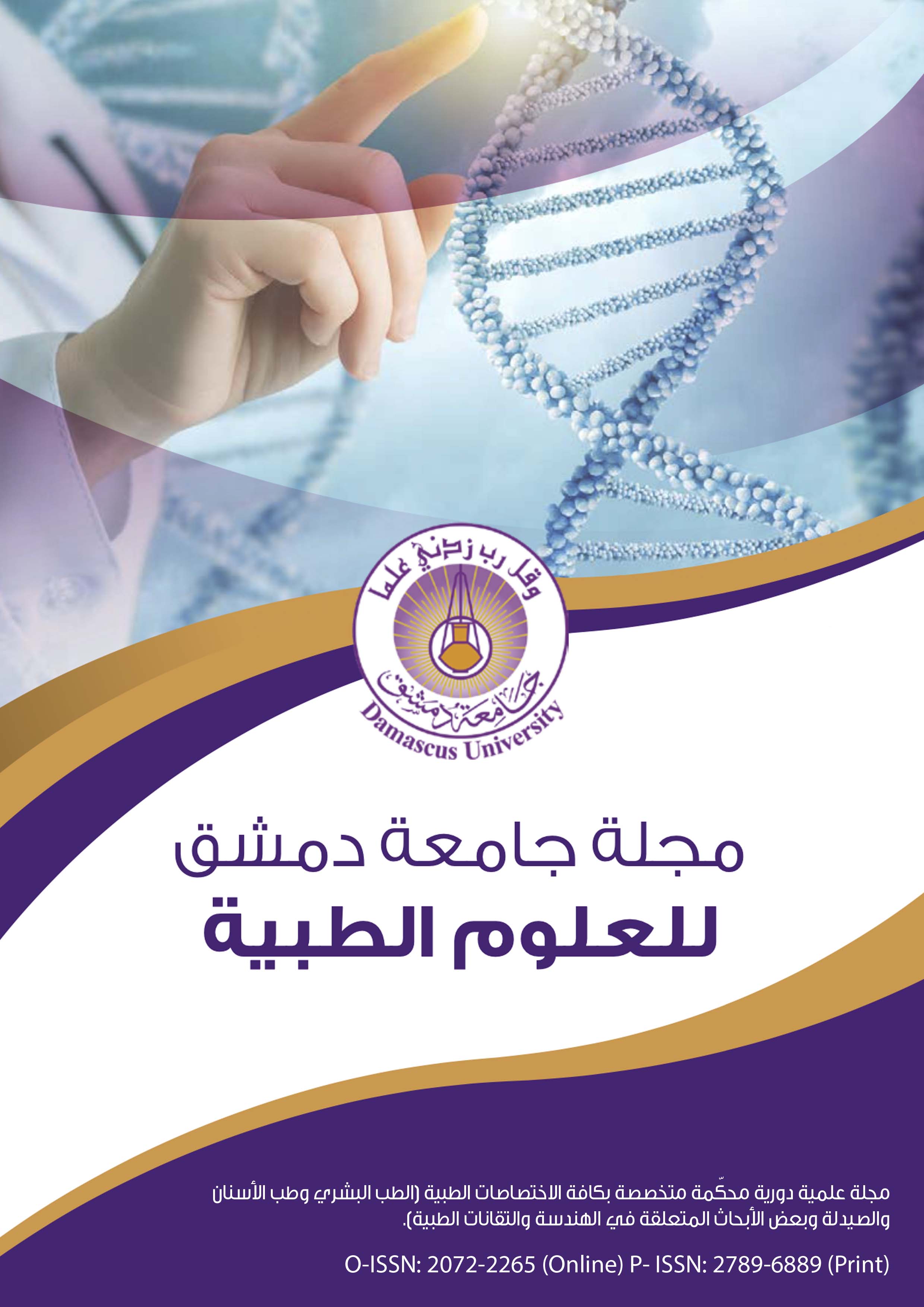Study the Efficacy of Low-level Laser and Injectable Platelet-Rich Fibrin in Reducing the Pain associated with the Molar Distalization
Keywords:
Low-Level Laser, I-PRF, Pain, Molar DistalizationAbstract
Abstract:
Aim: Pain is one of the most common complications resulting from orthodontic treatment, which researchers aimed to find a way to reduce or avoid, a lot of research has studied the ability of low-level laser to relieve this pain, and recently the use injectable platelet-rich fibrin (i-PRF) in medicine to relieve pain by anti-inflammatory substances released from platelets. Based on the above, this study aimed to evaluate the effectiveness of both laser and i-PRF in relieving pain associated with the upper molars distalization.
Materials and Methods: The sample consisted of 33 patients who required upper molars distalization within the treatment plan. Patients were randomly assigned to three equal groups. Distal jet appliance was applied and then the research procedures were performed as follows: Control group the springs were activated every four weeks until a class I molar relationship was reached, Laser group: the low-level laser (wavelength 808 nm, energy 4 joules, power 250 mW) was applied to the vestibular and palatal roots of the upper on the day of initiation of device activation and the application was repeated on days (3, 7, 14 and then every 15 days) until the end of the distalization. i-PRF group: (20) mm 3 blood was centrifuged from each patient for (3) minutes at a rotation speed of (700) revolutions per minute, so i-PRF was obtained with a volume of (4) mm 3, 1 mm3 vestibular and 1 palatal mm3 maxillary molars were injected on each side on the day of initiation of activation. Pain was assessed by filling in a visual analogue scale questionnaire one hour, two hours, six hours, 24 hours, 72 hours, one week, and two weeks after the start of activation.
Results: The results showed that there were significant differences in pain scores between the laser group and the control group, the i-PRF group and the control group after one hour, two hours, six hours, 24 hours, 72 hours, and a week. While the differences between the laser group and the i-PRF group were not statistically significant at any time point.
Conclusion: Both low-energy lasers and i-PRF _with the implemented parameters in this study_ are an effective way to relieve pain associated with the upper molars distalization.
Keywords: Low-Level Laser, I-PRF, Pain, Molar Distalization.

